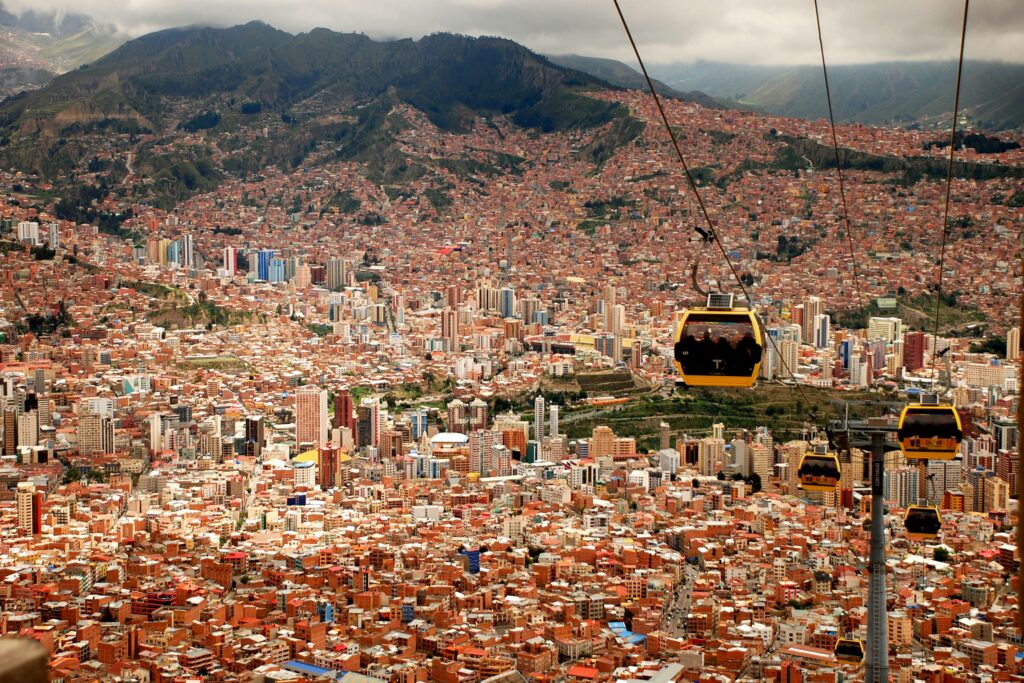
I’ve been traveling for years now, but stepping off that plane in La Paz hit different. The air felt thinner, and the landscape was stunning. But soon, my excitement turned into a dizzying reality check. I was experiencing altitude sickness. Trust me, it’s not fun, and it’s a harsh introduction to Bolivia’s breathtaking heights.
This post is all about understanding altitude sickness in Bolivia and how you can prepare. Knowing what to expect can mean the difference between enjoying your trip and feeling miserable. Let’s break it down.
What is Altitude Sickness?
Altitude sickness, also known as acute mountain sickness (AMS), occurs when you travel to high elevations quickly. Your body struggles to adapt to the reduced oxygen levels. In Bolivia, places like La Paz and Uyuni sit at over 3,500 meters (11,500 feet) above sea level. That’s serious altitude.
Symptoms can range from mild to severe. Common signs include:
- Headaches
- Nausea
- Dizziness
- Shortness of breath
- Fatigue
Why It Matters
Understanding altitude sickness is crucial. It can ruin your travel spirit and even lead to more severe complications. If you’re planning to explore attractions like the Salar de Uyuni or Lake Titicaca, being aware of this will help you enjoy these marvels instead of feeling ill.
Signs You Might Be in Trouble
Here’s the thing: your body will give you signals. If you start feeling unwell, listen up. Some signs to watch for include:
- Persistent headache that doesn’t go away with over-the-counter meds
- Excessive fatigue making it hard to walk
- Difficulty breathing even at a rest
If you notice these symptoms worsening, don’t ignore them. It might be time to descend to a lower elevation.
Preparing for Your Trip
Preparation can reduce your chances of suffering from altitude sickness. Here’s how to get ready:
1. Gradual Ascent
If possible, don’t fly straight into La Paz. Try spending a couple of days at a lower altitude, like Cochabamba. This helps your body acclimatize before facing the heights.
2. Stay Hydrated
Your body needs water, especially at high altitudes. Drink plenty of fluids. Aim for at least 3-4 liters a day. It helps your body cope with the thin air.
3. Avoid Alcohol and Heavy Meals
This might work for you: steer clear of alcohol for your first couple of days. Heavy meals can make your body work harder to digest. Stick to light, easy-to-digest foods instead.
4. Consider Medication
Some travelers swear by medication like acetazolamide (Diamox). It helps prevent altitude sickness but consult your doctor first. Discuss any concerns before your trip.
What to Do if You Get Sick
So, you’ve started feeling the effects. What now?
1. Rest
Your first step should be taking it easy. Don’t push yourself. Relax in your hotel room or find a quiet spot.
2. Descend
If symptoms persist, start heading down. Even a few hundred meters can make a difference. Your body needs more oxygen, and a lower elevation can help.
3. Seek Help
If your symptoms worsen or you have difficulty breathing, don’t hesitate to get medical attention. Hospitals in major cities like La Paz are equipped to handle altitude-related issues.
Other Tips for Enjoying Bolivia
Now that you’re aware, let’s talk about enjoying your time in this beautiful country. Here are some practical things to consider:
1. Take it Slow
Give yourself time to adjust. Avoid cramming too many activities into your first days. Enjoy leisurely walks around the city instead.
2. Embrace the Culture
Try local foods and interact with the locals. Their resilience in dealing with high-altitude living can be inspiring and informative!
3. Explore Responsibly
When visiting places like the Salar de Uyuni, respect nature and the environment. Leave no trace, and carry out what you bring in.
Final Thoughts
Traveling to Bolivia is an adventure worth taking, but altitude sickness is a real consideration. By preparing ahead of time, staying aware of your body’s signals, and taking things slow, you can conquer the heights and make memories that last a lifetime. Do your research, stay hydrated, and enjoy every moment.
In the end, the beauty of Bolivia’s landscapes will be worth any hiccups you face. Just remember: adventure often comes with ups and downs, especially in new places.
